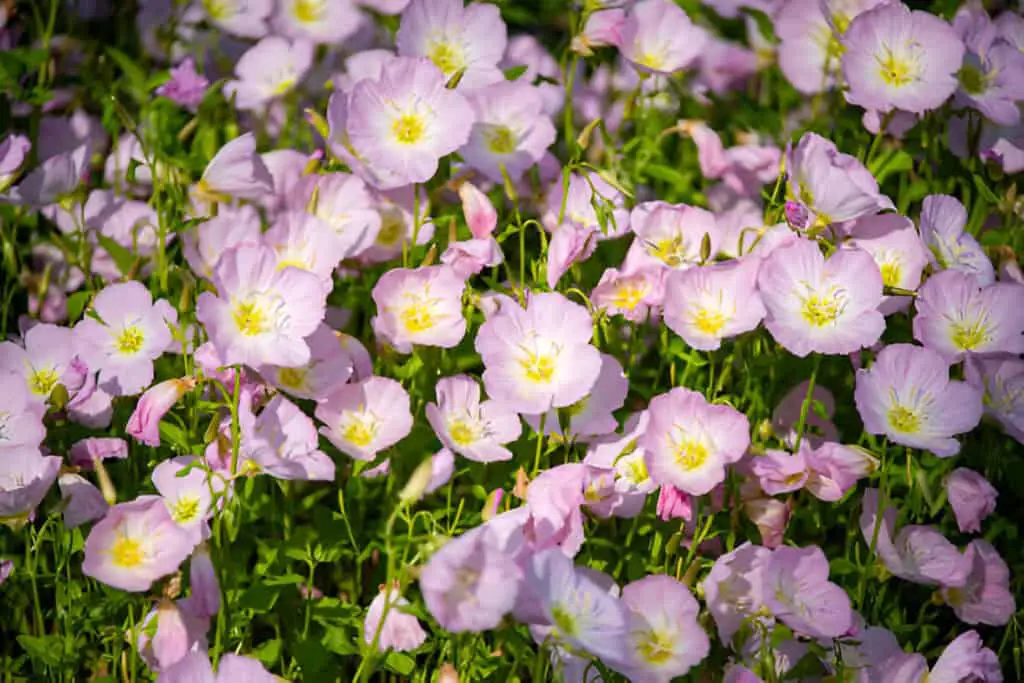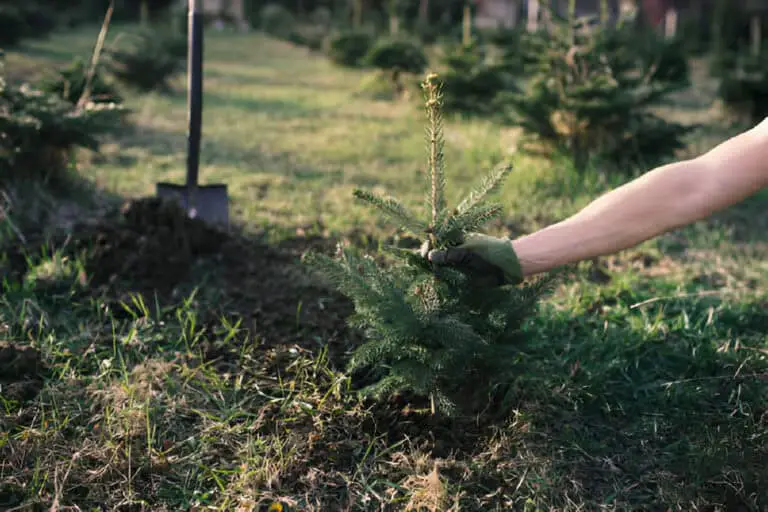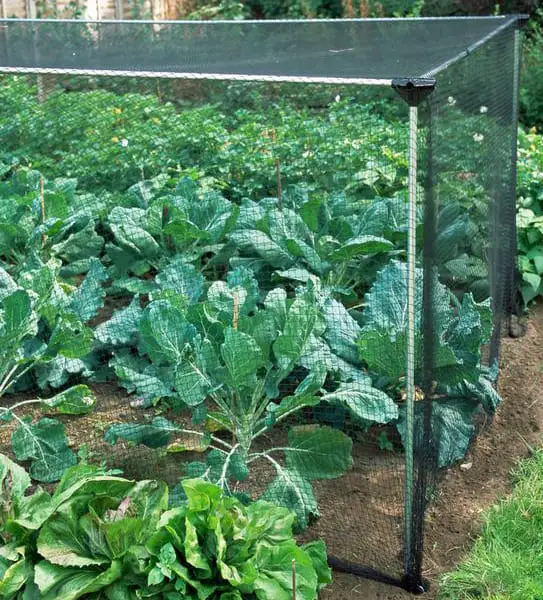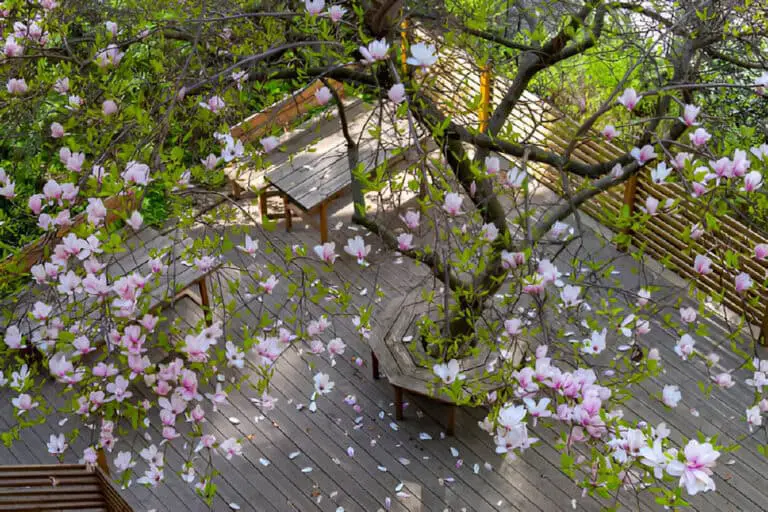Pink Evening Primrose (Oenothera Speciosa): Plant Care and Growing Guide

The Pink Evening Primrose, or Oenothera Speciosa, is a well-known perennial plant. It goes by many names: Evening Primrose, Pink Ladies, White Evening Primrose, and Mexican Primrose. This plant is native to the Southeast, Northeast, and Southwest regions of the United States.
Known for being low maintenance and growing at a moderate pace, this perennial can brighten your home or garden with its green leaves. But, only if you learn how to take proper care of it for it to thrive.
Fortunately, this is exactly what we’ll cover in this Pink Evening Primrose Care Guide. So let’s dive in.
The fundamental caring guidelines for every Pink Evening Primrose can be summed up into the following:
- Water: The Pink Evening Primrose grows best with watering each week. Increase the frequency of watering when it gets hot.
- Light: Keep your Oenothera Speciosa in an environment where it can receive full sun on a daily basis.
- Soil: Make sure to keep the Pink Evening Primrose in soil with well-draining properties, so ideally, one that is made of sand, chalk, and loam.
That’s it – sunlight, water and soil! The basic 3 fundamentals for all plant care, and with the Pink Evening Primrose this is no exception. With these three elements, your leafy friend will live healthy and happy.
Scientific / Botanical Aspects
In botanical terms, the Pink Evening Primrose belongs to the Onagraceae family, the genus Oenothera and the species Speciosa, hence its scientific (or botanical) name Oenothera Speciosa (ee-no-THEE-ruh spee-see-OH-suh).
Like other Oenothera plants, the Pink Evening Primrose is a herb. It dies back to the ground each year.
Growing Region of Pink Evening Primrose
The Pink Evening Primrose is a plant native to Texas, Oklahoma, Kansas, Nebraska, Missouri and Mexico. This is why the Oenothera Speciosa is used to growing in specific regions such as the states in Southeast, Northeast, and the Southwest of the United States.
You might be wondering why your Pink Evening Primrose’s native region is important. If you know where your plant came from, you’ll understand its preferred conditions. This helps you replicate those conditions at home.
With this in mind, the Oenothera Speciosa will be most used to the heat zones in the 1 – 8 region, as the plant hardiness level falls between 5b, 5a, 6b, 6a, 7b, 7a, 8b, 8a and the ideal climate zone is between 2B, 3A, 3B, 4, 5, 6, 7, 8, 9, 10, 11, 12, 13, 14, 15, 16, 17, 18, 19, 20, 21, 22, 23, 24, H1, H2.
Growth and Size

Growth
In terms of size and growth, the Pink Evening Primrose is a relatively moderate grower, which makes things somewhat easy for any plant enthusiast.
Size
But what exactly does this mean for your Pink Evening Primrose? How large a pot should you consider, how tall, how wide can it get? Let’s jump in…
The Oenothera Speciosa can grow up to 10″ – 2′ (25cm – 60cm) in 10″ – 2′ (25cm – 60cm) and 1′ – 2′ (30cm – 60cm) in 1′ – 2′ (30cm – 60cm).
The Pink Evening Primrose is a medium-sized perennial. This is important to remember when deciding where to place it in your home.
Experts suggest leaving a space of about 12″ – 18″ (30cm – 45cm) clear. This allows the Pink Evening Primrose to spread well.
Watering
Pink Evening Primrose is a relatively easy plant to care for in terms of watering. This is mostly because it has a straightforward watering schedule and somewhat regular watering needs.
Specifically, most experts agree that the Oenothera Speciosa grows best with watering each week. Increase the frequency of watering when it gets hot.
Which is why it is considered a plant with relatively low needs in terms of water.
As a rule of thumb, you should remember to keep your Pink Evening Primrose in soil with well-draining characteristics, as these will guarantee the right conditions for your plant to grow and thrive.
Choose soil with good drainage. It should stay moist but also dry out sometimes. This helps maintain the right moisture levels.
If you want a simple way to water your Pink Evening Primrose, try the well-known ‘finger’ test. To perform this test, you just need to put your finger in your plant’s soil and determine if it’s moist or not. If it is, then don’t water; if it isn’t, then please do. In any case, this test will allow you to know if your Pink Evening Primrose needs or does not need water, every time.
Soil Mix
The Pink Evening Primrose thrives best in soil that drains well while retaining enough moisture to support steady growth. Although it can tolerate occasional dry spells, overly soggy roots can cause damage, so finding the right balance is key.
To build the perfect soil mix, combine sand, chalk, and loam. This blend promotes healthy root development and allows water to move freely without pooling. It also helps maintain an ideal texture that’s not too heavy or compacted.
According to gardening experts, this plant does especially well in a mixture that includes:
- 🪨 Clay – for moisture retention
- 🌱 Loam (silt) – for balanced nutrients
- 🌾 Sand – for drainage
- 🪨 Shallow rocky material – for aeration
Finally, aim for soil that’s neutral to slightly alkaline in pH. This creates a stable environment where the Pink Evening Primrose can flourish season after season.
Light and Exposure
In terms of light & exposure, the Pink Evening Primrose requires full sun in order for it to thrive under the right conditions.
Most experts agree that this perennial will do well as long as you keep it in full sun, and it will be able to grow properly.
We recommend placing your Oenothera Speciosa in light shade or full sun. It needs 2-6 hours of direct sunlight each day, but can also thrive with more than 6 hours.
Season
As a herbaceous plant, the Pink Evening Primrose dies back to the ground annually. However, it reaches its peak during late spring, early, mid, and late summer, and in the fall.
Flowers
Your Pink Evening Primrose usually blooms in summer and fall. It flowers from July to September in summer and from October to December in fall.
This perennial is famous for its long bloom season and its bright flowers. Plant enthusiasts really appreciate it.
The Pink Evening Primrose produces some beautiful pink and white flowers around this time of year.
Foliage
The Pink Evening Primrose boasts beautiful green foliage that stays vibrant throughout most of the year. Its leaves add a fresh, lively touch to your garden, complementing the delicate pink blossoms the plant is known for. This consistent greenery makes it a wonderful choice for adding color even when the flowers aren’t in full bloom.
The leaf pattern of Oenothera Speciosa is simple yet elegant, featuring alternating leaves along the stem. This arrangement gives the plant a balanced, natural look that’s pleasing to the eye without overwhelming your garden space.
Each leaf typically ranges between 3 to 6 inches in length, making them noticeable but not overpowering. Their size strikes the perfect balance—large enough to provide lush coverage but small enough to maintain a delicate aesthetic.
Key Leaf Features:
- Color: Rich green year-round
- Pattern: Alternating leaves
- Size: 3–6 inches long
This foliage helps the plant stand out as a charming garden staple no matter the season.
Attracts, Tolerance and Resistance
The Pink Evening Primrose attracts birds, so consider this when selecting your plants. You might find birds visiting your garden.
Also, it tolerates rocky soil, dry conditions, drought, and animals like deer. So, if any of these come by, your Oenothera Speciosa will be just fine.
Garden
How should you then organize your garden to include your new Pink Evening Primrose? Here are some recommendations by expert gardeners.
Most Oenothera Speciosa owners agree that this perennial will look great in most cottage and mediterranean gardens of all types. Other owners find that they fit nicely in many gardens. These include informal and cottage gardens, coastal gardens, gravel and rock gardens, as well as prairie and meadow styles.
In particular, the Pink Evening Primrose’s best location within your garden is in beds and borders, and in ground covers,.
Conclusion
So that’s it! Here are the key care tips for a healthy Pink Evening Primrose in your garden or home.






